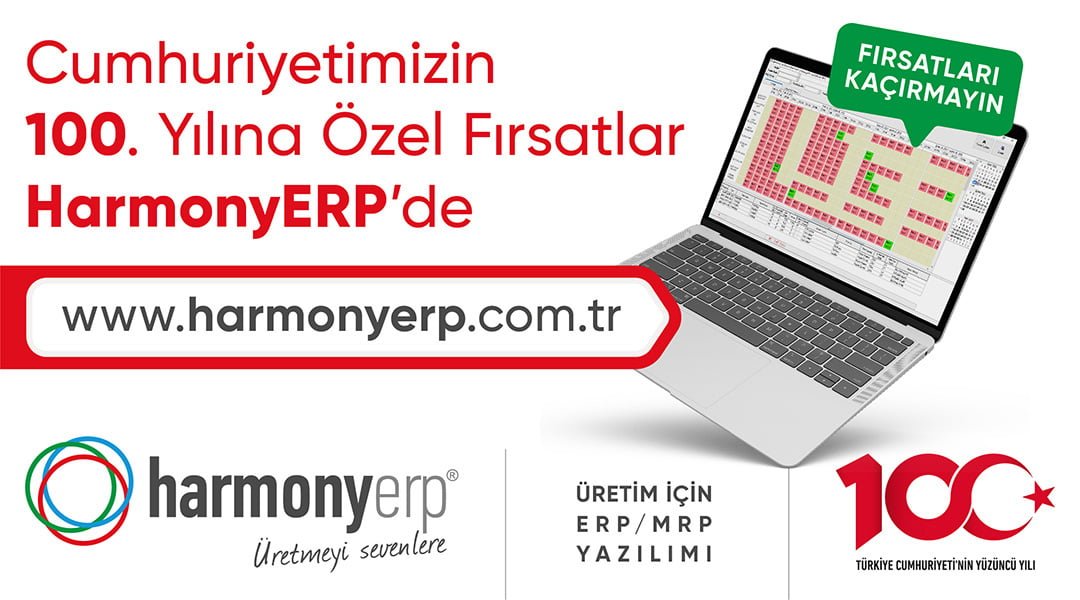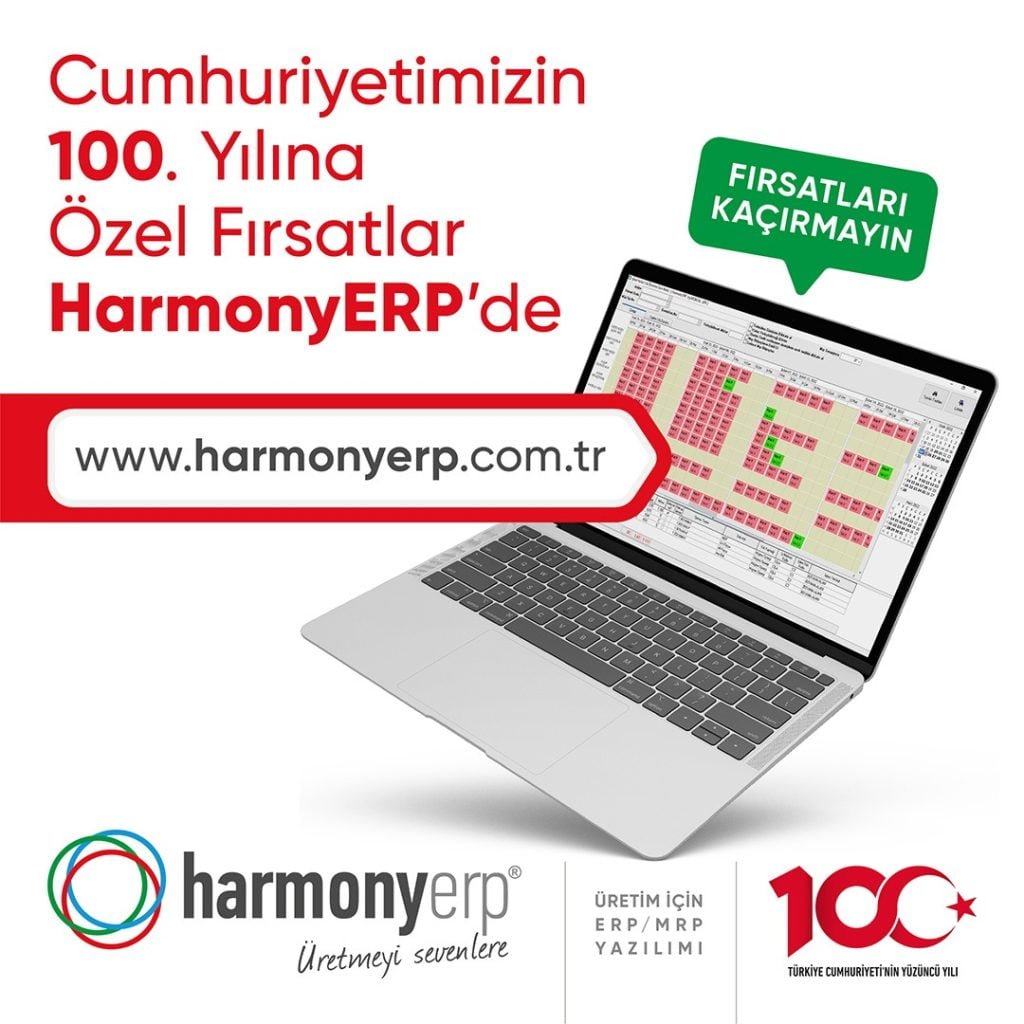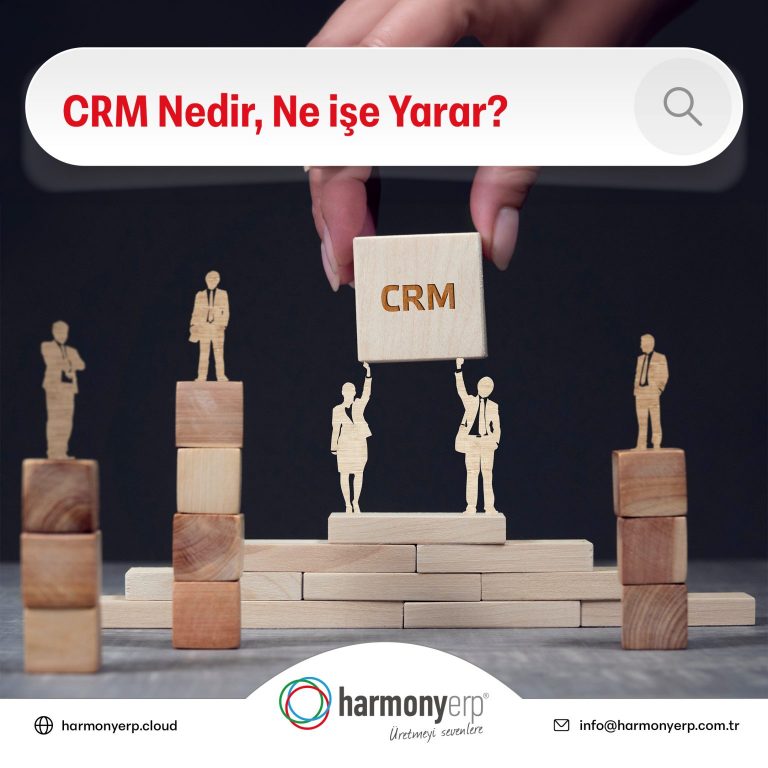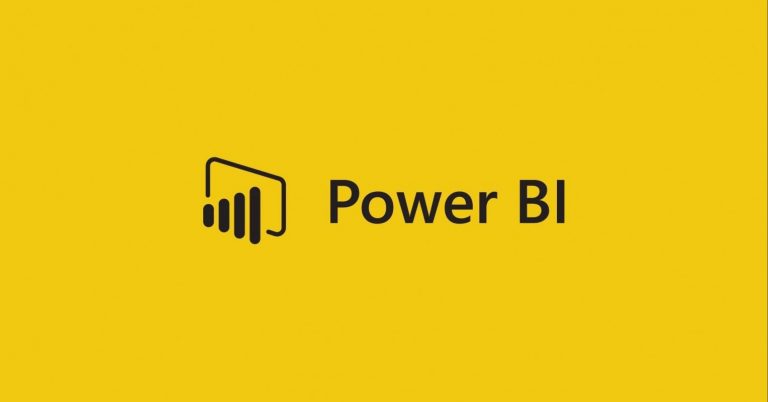What is Product Driven Growth?
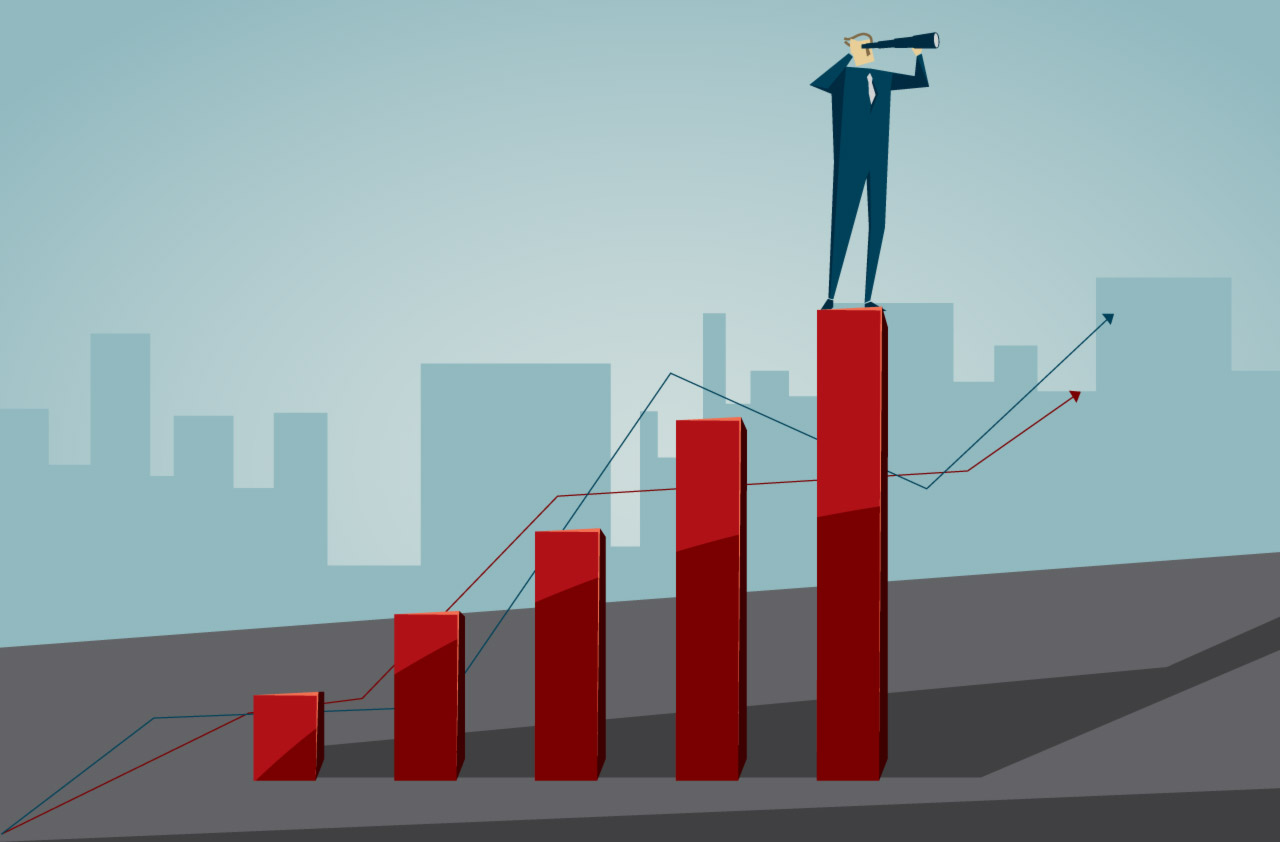
What is Product Driven Growth?
Product-Led Growth (PLG) is a business strategy that is rapidly being adopted in the technology world. This strategy aims to use the product itself as the main tool for customer acquisition, retention and expansion. Especially common among SaaS (Software as a Service) companies, PLG drives growth by emphasizing the user experience and value of the product.
PLG’s core principles include user experience, in-product growth cycles and data-driven decision-making. These principles help companies achieve sustainable growth by increasing customer satisfaction. User experience is at the heart of PLG and the product needs to be user-friendly, intuitive and deliver value. This article will elaborate on the basic principles, advantages and ways of implementing PLG strategies.
Key Principles of Product-Driven Growth
User Experience
User experience (UX) is at the heart of PLG. The product needs to be user-friendly, intuitive and deliver value. Customers should see immediate value when they interact with the product and be able to experience that value easily. User feedback therefore plays an important role in the product development process. The product should be continuously updated and improved in accordance with the needs and expectations of users. In this process, methods such as A/B testing and user feedback can be used to improve the user experience.
The user experience is not limited to the usability of the product, but also encompasses the aesthetic and emotional experiences that the product offers. Users should experience positive emotions when interacting with the product and this experience should make the value of the product more apparent. Therefore, it is important to combine aesthetics and functionality in a balanced way in the user experience design process. This approach increases users’ commitment to the product and ensures long-term customer loyalty.
In-Product Growth Cycles
A product-driven growth strategy aims to expand the customer base by using intra-product growth cycles. These cycles allow users to try the product, realize its value and eventually convert to a paying user. For example, strategies such as freemium models, free trials and in-product referrals support these cycles. Users who experience the product, if satisfied, are often inclined to buy it and may even encourage other users to use it.
In-product growth cycles allow users to directly experience the value of the product. Users start using the product thanks to free or low-cost entry points and are willing to pay for more features or services when they are satisfied with the product. These cycles allow users to develop loyalty to the product in a natural way, resulting in organic growth. In addition, in-product guidance and user training help users use the product more efficiently, enabling them to realize the value of the product faster.
Data Driven Decision Making
The PLG strategy is based on data-driven decision-making processes. User behavior, product usage and other metrics are continuously monitored and analyzed. This data is used to understand which features of the product are liked by users, where improvements are needed and how users interact with the product. In this way, companies can optimize their products more effectively and increase user satisfaction. For example, data such as which features users use more often or which steps they struggle with is critical to the product development process.
Data-driven decision making enables continuous improvement of the product development process. Data on user behavior helps to better understand their needs and expectations. This information allows the product development team to make the right changes to improve the user experience. Data analytics can also be used to optimize marketing strategies so that target audiences can be reached more effectively. Data-driven approaches guarantee long-term success by driving continuous product improvement and user satisfaction.
Advantages of Product Driven Growth
Cost Effectiveness
A product-driven growth strategy is more cost-effective than traditional marketing and sales methods. Since the product itself is the main vehicle for customer acquisition, the need for expensive marketing campaigns and large sales teams is reduced. Instead, resources are directed towards product development and improving the user experience. This enables companies to reach more users at less cost and allows for more efficient use of resources. Especially for small and medium-sized enterprises, this cost-effectiveness is a great advantage.
Cost effectiveness also enables marketing budgets to be used more efficiently. Product-driven growth strategies encourage users to learn about and try the product organically. This allows for reduced advertising spend and a greater proportion of the revenue generated to be allocated to product development and improvement. As a result, companies can achieve higher returns at lower costs, which in turn increases long-term profitability.
High Conversion Rates
The PLG strategy aims to achieve high conversion rates. As users experience the product, they can directly see the value it offers. This increases users’ confidence in the product and makes purchasing decisions easier. Also, the user-friendliness of the product encourages users to recommend it to others, which supports organic growth. For example, when a user is satisfied with a product, they can spread that satisfaction through social media or word of mouth, which can lead to new users.
High conversion rates help companies grow faster. When users try the product, they immediately recognize the value it offers, which accelerates their purchase decision. In addition, satisfied users recommend the product to others, providing organic growth for new users to try the product. This allows the user base to expand rapidly while reducing marketing costs. High conversion rates enable companies to achieve sustainable growth and gain a competitive advantage in the market.
Sustainable Growth
PLG offers a sustainable growth model. As the product is continuously improved based on user feedback, user satisfaction and loyalty increases. Satisfied users continue to use the product, which guarantees the long-term success of the company. In addition, spending on acquiring new users is reduced, as existing users can grow organically by recommending the product to others. This cycle helps the company to achieve sustainable growth in the long term, as it is built on continuous improvement and user satisfaction.
Sustainable growth guarantees the long-term success of companies. When the product is continuously developed and improved, users have positive experiences with the product, which increases customer loyalty. Satisfied customers continue to use the product, while new customers are acquired through recommendations from existing customers. This organic growth cycle allows for a natural and continuous expansion of the customer base while reducing marketing costs. Sustainable growth helps companies become more resilient to market conditions and gain competitive advantage in the long term.
Implementing Product-Driven Growth Strategies
User-Centered Product Development
Implementing product-oriented growth strategies requires careful planning and continuous improvement. The product development process should be designed to meet user needs and expectations. User feedback should be collected regularly and integrated into the product development process. This makes the product user-friendly and valuable. Furthermore, methods such as A/B testing and user feedback can be used to improve the user experience.
User-centered product development is based on understanding the needs and expectations of users and providing solutions that meet these expectations. This approach ensures that the product is constantly updated and improved based on user feedback. As users share their experiences and needs with the product, the product development team evaluates this feedback and makes the necessary changes to improve the user experience of the product. This process ensures that the product is constantly evolving and that users get more value from it.
Freemium and Trial Versions
Freemium models and free trials allow potential customers to try the product risk-free. These strategies help users experience the product, understand its value and make purchasing decisions more easily. When users try the product for free, they are more likely to upgrade to paid versions if they like the product. Also, allowing them to use all the features of the product during the free trial period allows users to fully experience the product.
Freemium and trial versions allow users to try the product risk-free, allowing them to directly experience the value the product offers. These strategies allow users to get a positive first impression of the product, which facilitates their purchase decision. Once users like the product and understand its value, they are more likely to upgrade to paid versions. Also, freemium models help users get to know the product and become willing to pay for more features. These strategies accelerate company growth by optimizing customer acquisition and retention.
Data Analysis and Optimization
Data-driven optimization enables continuous product improvement. User behavior and product usage should be continuously monitored and analyzed. This data is used to understand which features of the product are appreciated by users and in which areas improvements need to be made. For example, understanding which steps users struggle with, or which features attract more attention, is critical to the product development process. Data-driven optimization enables continuous product improvement and perfecting the user experience.
Data analysis is a critical component for the success of a product-driven growth strategy. Data on user behavior helps to better understand their needs and expectations. This information allows the product development team to make the right changes to improve the user experience. Data analytics can also be used to optimize marketing strategies so that target audiences can be reached more effectively. Data-driven approaches guarantee long-term success by driving continuous product improvement and user satisfaction.
Product-driven growth offers a powerful strategy for companies in today’s competitive business world. By focusing on user experience, using in-product growth cycles and making data-driven decisions, companies can achieve sustainable growth. This strategy is particularly popular among technology and SaaS companies and, when implemented correctly, offers an effective way to achieve long-term success. The PLG strategy helps companies gain a competitive advantage by increasing customer satisfaction and reducing costs.
PLG’s cost-effectiveness, high conversion rates and sustainable growth ensure the long-term success of companies. To successfully implement product-driven growth strategies, it is critical to consider user feedback, offer freemium and trial versions, and perform data-driven optimization. These approaches enable companies to achieve organic growth by increasing customer satisfaction and thus gain a competitive advantage in the market. When implemented correctly, the PLG guarantees the long-term success and sustainable growth of companies.

Previous Post
What is No Code? Avantajları Nelerdir?
Next Post
What are the Differences Between ERP and CRM?

